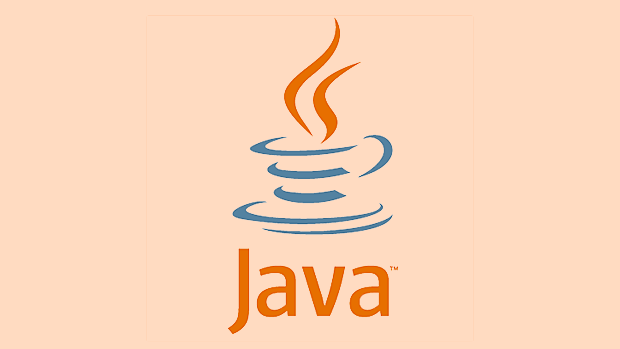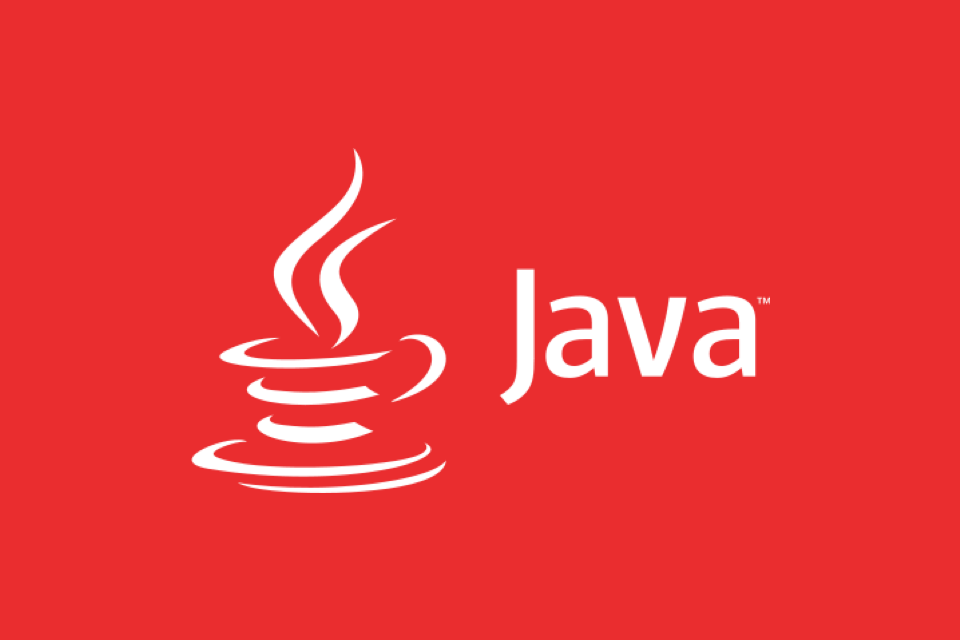What are the different types of classloaders in Java?
Jul 04, 2025 am 01:50 AMJava class loaders are divided into four categories. Bootstrap ClassLoader is implemented by C/C and is responsible for loading the JVM core class library such as rt.jar; Extension ClassLoader loads the extended class library, with the default path being java.ext.dirs; Application ClassLoader is responsible for loading classes under the user classpath, with the default path being controlled by java.class.path; Custom ClassLoader inherits the ClassLoader class and is used to implement specific loading logic, such as hot deployment, encrypted class loading, etc., and usually follows the parent delegation model to ensure security.

Java's class loading mechanism is a very important part of the JVM, and the class loader (ClassLoader) is the core of this mechanism. Different types of ClassLoaders are responsible for loading class files from different sources into memory. They have hierarchical relationships and their respective characteristics and uses.

The following describes several common Java class loaders, as well as their responsibilities and usage scenarios.

1. Bootstrap ClassLoader
This is the most basic class loader, implemented by C/C and does not belong to Java itself. Its main function is to load the core class libraries required for JVM startup, such as rt.jar , resources.jar , etc., which include classes in the Java standard library (such as java.lang.* , java.util.* , etc.).
- It does not have a parent class loader.
- The loading path is usually the path specified by
sun.boot.class.path. - Generally, you don't deal directly with developers, but if you extend the core class library or replace certain system classes, it may be related to it.
2. Extension ClassLoader
Extension ClassLoader is the first class loader written in Java and belongs to sun.misc.Launcher$ExtClassLoader . Its task is to load Java's extended class library.

- The default loading path is the JAR package in the directory specified by
java.ext.dirs. - These extension classes can be accessed by all applications and are suitable for some common third-party libraries.
- If you want a library to be available to all applications but don't want to modify the startup parameters, you can put it in the extension directory.
However, it should be noted that after Java 9, the extension class loader still exists, but the module system (JPMS) has changed the way of class loading. Many contents originally placed in the extension directory are now managed by the module system.
3. Application ClassLoader (also called System ClassLoader)
Application ClassLoader is the class loader we deal with most often, which is responsible for loading class files on the user classpath.
- It is an instance of
sun.misc.Launcher$AppClassLoader. - The default loading path is controlled by
java.class.path, which is usually what you specify through-cpor-classpath. - Its parent class loader is the Extension ClassLoader.
When you run a Java application, all classes are loaded by default through this loader. If you write a class loader yourself and don't specify the parent class loader specifically, it will also inherit the Application ClassLoader by default.
4. Custom ClassLoader
In addition to the above three standard class loaders, Java allows developers to customize class loaders, inherit from java.lang.ClassLoader , and rewrite the methods (such as findClass() and defineClass() ), thereby implementing specific class loading logic.
Common uses include:
- Loading classes from the network
- Encrypted and protected class files, decrypted and loaded at runtime
- Realize hot deployment, plug-in and other functions
- Dynamically generated classes (such as AOP proxy)
When using a custom class loader, it is recommended to follow the "Parent Delegation Model", that is, first delegate to the parent class loader to try to load the class, and only handle it yourself if the parent class loader cannot load. This can avoid repeated loading of system classes and ensure the security and consistency of class loading.
In general, Java provides a hierarchical class loading system, and each ClassLoader has its own scope of responsibility. Bootstrap is responsible for core classes, Extension handles extension classes, Application loads user classes, and custom ClassLoader is used for more flexible requirements.
Basically that's it.
The above is the detailed content of What are the different types of classloaders in Java?. For more information, please follow other related articles on the PHP Chinese website!

Hot AI Tools

Undress AI Tool
Undress images for free

Undresser.AI Undress
AI-powered app for creating realistic nude photos

AI Clothes Remover
Online AI tool for removing clothes from photos.

Clothoff.io
AI clothes remover

Video Face Swap
Swap faces in any video effortlessly with our completely free AI face swap tool!

Hot Article

Hot Tools

Notepad++7.3.1
Easy-to-use and free code editor

SublimeText3 Chinese version
Chinese version, very easy to use

Zend Studio 13.0.1
Powerful PHP integrated development environment

Dreamweaver CS6
Visual web development tools

SublimeText3 Mac version
God-level code editing software (SublimeText3)

Hot Topics
 Selecting Specific Columns | Performance Optimization
Jun 27, 2025 pm 05:46 PM
Selecting Specific Columns | Performance Optimization
Jun 27, 2025 pm 05:46 PM
Selectingonlyneededcolumnsimprovesperformancebyreducingresourceusage.1.Fetchingallcolumnsincreasesmemory,network,andprocessingoverhead.2.Unnecessarydataretrievalpreventseffectiveindexuse,raisesdiskI/O,andslowsqueryexecution.3.Tooptimize,identifyrequi
 What is the `enum` type in Java?
Jul 02, 2025 am 01:31 AM
What is the `enum` type in Java?
Jul 02, 2025 am 01:31 AM
Enums in Java are special classes that represent fixed number of constant values. 1. Use the enum keyword definition; 2. Each enum value is a public static final instance of the enum type; 3. It can include fields, constructors and methods to add behavior to each constant; 4. It can be used in switch statements, supports direct comparison, and provides built-in methods such as name(), ordinal(), values() and valueOf(); 5. Enumeration can improve the type safety, readability and flexibility of the code, and is suitable for limited collection scenarios such as status codes, colors or week.
 Applying Semantic Structure with article, section, and aside in HTML
Jul 05, 2025 am 02:03 AM
Applying Semantic Structure with article, section, and aside in HTML
Jul 05, 2025 am 02:03 AM
The rational use of semantic tags in HTML can improve page structure clarity, accessibility and SEO effects. 1. Used for independent content blocks, such as blog posts or comments, it must be self-contained; 2. Used for classification related content, usually including titles, and is suitable for different modules of the page; 3. Used for auxiliary information related to the main content but not core, such as sidebar recommendations or author profiles. In actual development, labels should be combined and other, avoid excessive nesting, keep the structure simple, and verify the rationality of the structure through developer tools.
 What is the JDK?
Jun 25, 2025 pm 04:05 PM
What is the JDK?
Jun 25, 2025 pm 04:05 PM
JDK (JavaDevelopmentKit) is a software development environment for developing Java applications and applets. It contains tools and libraries required to compile, debug and run Java programs. Its core components include Java compiler (javac), Java runtime environment (JRE), Java interpreter (java), debugger (jdb), document generation tools (javadoc) and packaging tools (such as jar and jmod). Developers need JDK to write, compile Java code and develop with the help of IDE; without JDK, Java applications cannot be built or modified. You can enter javac-version and java-version in the terminal
 VSCode debugger for Java setup guide
Jul 01, 2025 am 12:22 AM
VSCode debugger for Java setup guide
Jul 01, 2025 am 12:22 AM
The key steps in configuring the Java debugging environment on VSCode include: 1. Install JDK and verify; 2. Install JavaExtensionPack and DebuggerforJava plug-in; 3. Create and configure the launch.json file, specify mainClass and projectName; 4. Set up the correct project structure to ensure the source code path and compilation output are correct; 5. Use debugging techniques such as Watch, F8/F10/F11 shortcut keys and methods to deal with common problems such as class not found or JVM attachment failure.
 XML rules: Common errors to avoid
Jun 22, 2025 am 12:09 AM
XML rules: Common errors to avoid
Jun 22, 2025 am 12:09 AM
Methods to avoid XML errors include: 1. Ensure that the elements are nested correctly, 2. Escape special characters. Correct nesting avoids parsing errors, while escape characters prevent document corruption, using an XML editor can help maintain structural integrity.
 Windows search bar not typing
Jul 02, 2025 am 10:55 AM
Windows search bar not typing
Jul 02, 2025 am 10:55 AM
When the Windows search bar cannot enter text, common solutions are: 1. Restart the Explorer or computer, open the Task Manager to restart the "Windows Explorer" process, or restart the device directly; 2. Switch or uninstall the input method, try to use the English input method or Microsoft's own input method to eliminate third-party input method conflicts; 3. Run the system file check tool, execute the sfc/scannow command in the command prompt to repair the system files; 4. Reset or rebuild the search index, and rebuild it through the "Index Options" in the "Control Panel". Usually, we start with simple steps first, and most problems can be solved step by step.
 How do I set up VS Code for Java development?
Jun 29, 2025 am 12:23 AM
How do I set up VS Code for Java development?
Jun 29, 2025 am 12:23 AM
To use VSCode for Java development, you need to install the necessary extensions, configure the JDK and set up the workspace. 1. Install JavaExtensionPack, including language support, debugging integration, build tools and code completion functions; optional JavaTestRunner or SpringBoot extension package. 2. Install at least JDK17 and verify through java-version and javac-version; set the JAVA_HOME environment variable, or switch multiple JDKs in the status bar at the bottom of VSCode. 3. After opening the project folder, make sure the project structure is correct and enable automatic saving, adjust the formatting rules, enable code checking, and configure the compilation task to optimize the opening.






